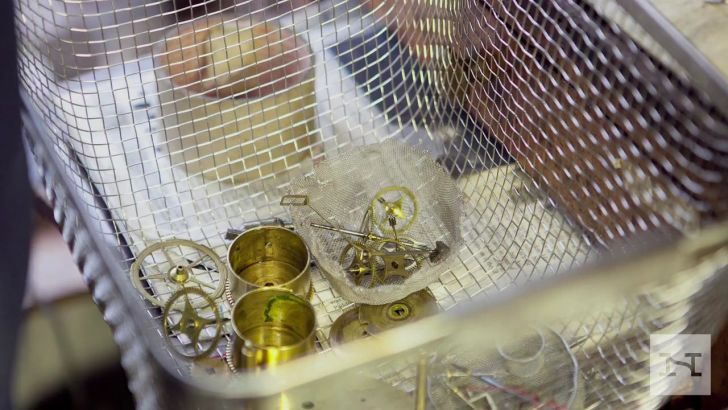Just Like Clock Work
Master horologist John Metcalfe takes us inside his "hospital for clocks," a precisely-tuned world where time never stops.
Keep reading with a 7-day free trial
Subscribe to Narratively to keep reading this post and get 7 days of free access to the full post archives.



